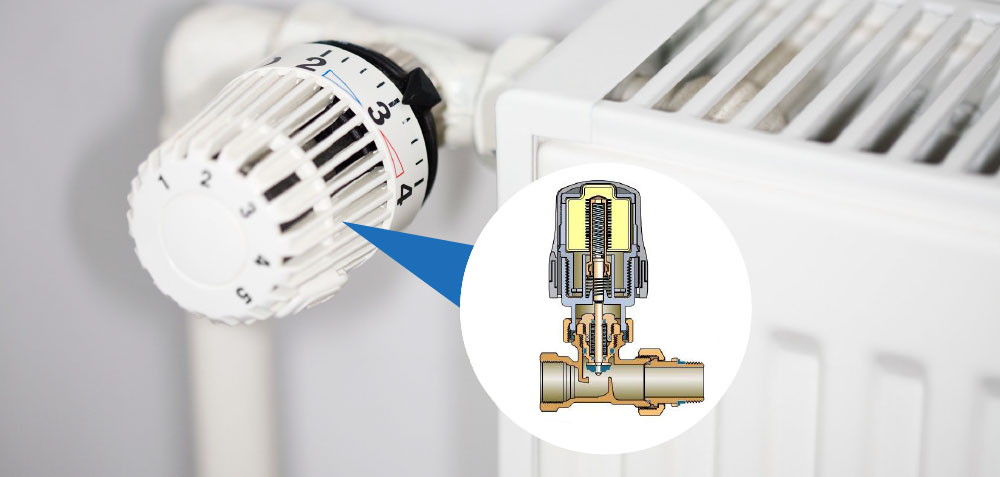With the rapid development of science and technology, all kinds of mechanical equipment have higher requirements for the reliability of generator controller. By means of stress damage analysis, fault analysis and technical condition decomposition of products based on fault prediction technology, and relying on physical simulation analysis, the reliability of generator controller can be combined with the performance design of products in the development and demonstration stage of generator controller, so as to achieve the effective unity of reliability and performance design. Among the many components of aircraft power supply, generator controller is particularly important, which is the control center of aircraft power supply system. Generator controller can monitor current, voltage and frequency to achieve the purpose of protecting and controlling power supply system, and can accurately monitor the working state of power supply system. Aiming at the objective requirements of aircraft power supply system and based on digital R&D platform, this paper proposes the implementation scheme of reliability optimization design for generator controller, and provides the basic structure framework for further engineering. Generator controller has three main functions: voltage regulation, control and protection. With the development of the times, the functions of generator controller are gradually increasing and improving, such as fault detection and isolation, data communication and other functions. Regulating the output voltage of the system is an important function of the generator controller, which is mainly accomplished by the voltage regulator. Voltage regulator consists of detection, comparison, amplification and execution, and sometimes compensation and correction. Its main functions are as follows: first, adjust the excitation current of alternator to achieve the purpose of stabilizing voltage; secondly, avoid accidents when load short circuit occurs; thirdly, limit the output current of generator; fourthly, limit the maximum voltage to keep it below the peak value of voltage to avoid equipment damage; fifthly, when three-phase voltage detects line fault, limit the excitation current to avoid damage to equipment.
The control function is also an important function to ensure the normal operation of the generator controller. The main control function is to control the corresponding contactors and relays so as to ensure the stable operation of the generator and load switching and switching. The main control functions are generator excitation control, contactor control and conversion control. Firstly, generator excitation control and excitation control are the necessary conditions to ensure the normal operation of the generator.

In addition, the generator controller must complete the de-excitation work. Secondly, the contactor control function is mainly to realize GCB (generator output receiver), BTB (bus connected contactor), GCR (excitation control). The on/off control of system relay; third, conversion control, conversion control includes power access control and dual-channel conversion control. Power access control should follow three basic principles: ground power priority principle, on-board power priority principle and random priority principle, that is, who invests first and who works first. Dual-channel conversion control, if the aircraft does not work properly in parallel AC system, thermostatic element each alternator will be powered separately. If the system fails, the generator and the confluence conditions will be converted. It is also an important function of generator controller to realize effective protection and self-detection for power system, generator and power system. The protection function chooses different thresholds and delay time for different faults and abnormal situations, and isolates faults according to fault level and control box.
Through the protection function, the fault information can also be stored in NVM (non-loss memory), which is easy to find out the fault and repair. Faults in power system are very common, and abnormal output will spread layer by layer until it reaches the highest level, so as to change the output state of the whole system.

Therefore, the generator controller not only needs to detect the fault, but also can detect it in time and isolate the fault after the fault occurs, so as to ensure the safe operation of the power supply system. In daily ground maintenance and flight, the generator controller will complete communication through communication interface with non-aviation electronic monitoring processor, so as to achieve information exchange – receiving NAMP (Non-Aerial Monitoring Processor) commands to complete the corresponding requirements. Through this series of actions, the communication function will convey the status and fault information of the power system to NAMP. Composition and structure of a certain type of generator. The generator controller is mainly composed of a special mounting frame and an outfield replaceable unit.

The functional electronic modules include voltage regulation module (PWM), power supply module (PS), analog input acquisition module (AIN), discrete input acquisition/output control module (DIO), processor module (DSP), filter board module (RFB) and motherboard (MB). Screws are used to connect the motherboard to the chassis, slot connectors are used to connect the electronic module, and locking bolts are used to fix each module. Closed mode is used in the structure of the chassis to cool with natural ventilation. Between the chassis and the mounting rack, the front section uses locking components, and the rear end uses positioning pins to improve the reliability of product installation. Load decomposition and stress analysis of products.
Firstly, the thermal analysis of the generator controller is carried out, mainly aiming at the internal environment of the product and the power consumption of the electronic module and the electronic module itself. Through the thermal analysis of FLOTHERM5.1, it is found that the area with poor heat dissipation should be considered more in the future development and design, and it is not necessary to install heat-prone devices in the area, or through research and development, to design more advanced heat dissipation technology to ensure the stable operation of generator controllers. Among the many devices of generator controller, through thermal induction, designers can judge the state of many devices and modules according to the overheat stress of the device. If the temperature is higher than 175 C or the SUPERTHERMAL stress is greater than 1, the device will stop working temporarily to ensure the stability of the generator controller. By grasping the temperature distribution of the generator controller, designers can have a better understanding of the heat transfer and lay a foundation for future development and design; secondly, the mechanical strength is analyzed, which is mainly divided into vibration analysis of the whole machine and fatigue analysis of parts. In the part fatigue analysis, the stress of each part in the vibration process is judged by the application of dynamics, and the fatigue of the part is analyzed by MSCFATIGUE software. The predicted life of each part of the generator controller is quantitatively analyzed, which is convenient for maintenance personnel to find out in time, update the parts, avoid the occurrence of faults and ensure the stable operation of the generator controller. 。 Product reliability design and optimization. Firstly, the thermal design of AIN module should be improved, and the devices on AIN module should be adjusted effectively to ensure good heat dissipation. Installation of heat conductive glue, cold plate and other devices on the equipment will transmit heat to the generator side box, and then heat will be transmitted to the generator by natural heat dissipation; secondly, the structural reliability of the generator controller should be optimized.

For example, the manufacturing material of generator controller and the welding effect of each component are optimized to improve the overall stiffness of generator controller. Through a series of structural optimization measures, the damage to generator controller caused by external vibration can be effectively prevented.
In the improvement of the lock hook, firstly, it can be designed into rounded corners at the bend of the lock hook to avoid excessive stress concentration; secondly, in the manufacture material of the lock hook, advanced alloys are used to make the lock hook have strong mechanical properties; finally, heat treatment is carried out to improve the performance of the lock hook. In the optimization design of base pin, advanced alloy structural steel should also be used for heat treatment to improve its comprehensive performance. The functions of generator controller on digital platform, isolation of faults and other functions are realized by software design. So, the design and development of software is the key to the design of generator controller. Through the corresponding software development platform, the parameters of various types of aircraft power system can be configured, and the system can be upgraded and maintained more conveniently. Generator controller of digital platform has considerable advantages, and its advantages are realized through software design. In the development and design of software, modular design method should be adopted. According to the tasks of generator controller, the generator control software should be divided into main program and interrupt service program. The main program and interrupt service program have their own division of labor, so as to improve the reliability of power system operation. Optimization. The anti-interference ability of power system can not only depend on hardware system, but also on the design and development of software. Moreover, the working environment of generator controller is very complex, especially vulnerable to interference, so it is very important to improve the reliability of system software.
In order to ensure the stability of power supply system, the following measures can be taken: firstly, real-time monitoring of hardware and vulnerable systems can provide reliable basis for overhaul; secondly, improving the anti-interference ability of software to ensure that the program area will not be disturbed and infringed; finally, ensuring the security of important data in RAM, and backing up in time, in case of data loss, can be restored in time. Generator controller is an important part of aircraft generator.

Its reliability will affect the normal operation of generator. Therefore, it is necessary to optimize the design of generator controller based on digital platform through thermal analysis, mechanical strength and fatigue analysis, life analysis and other aspects to improve its reliability.
